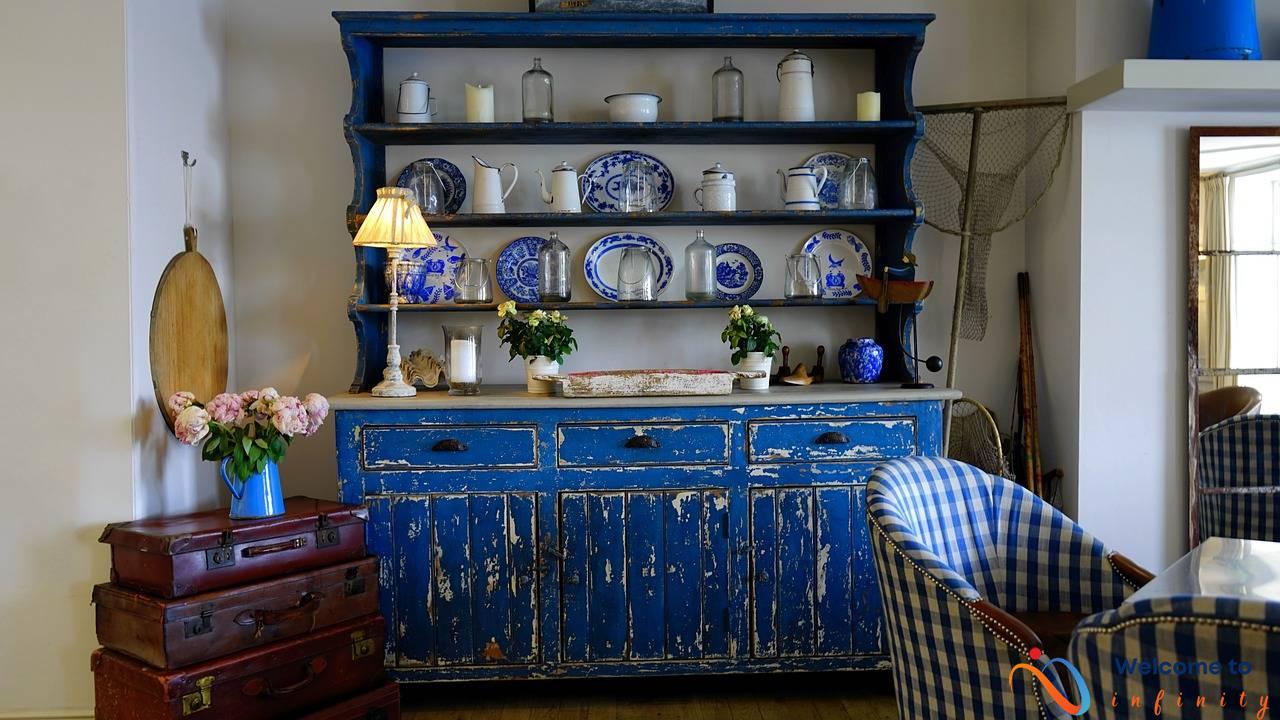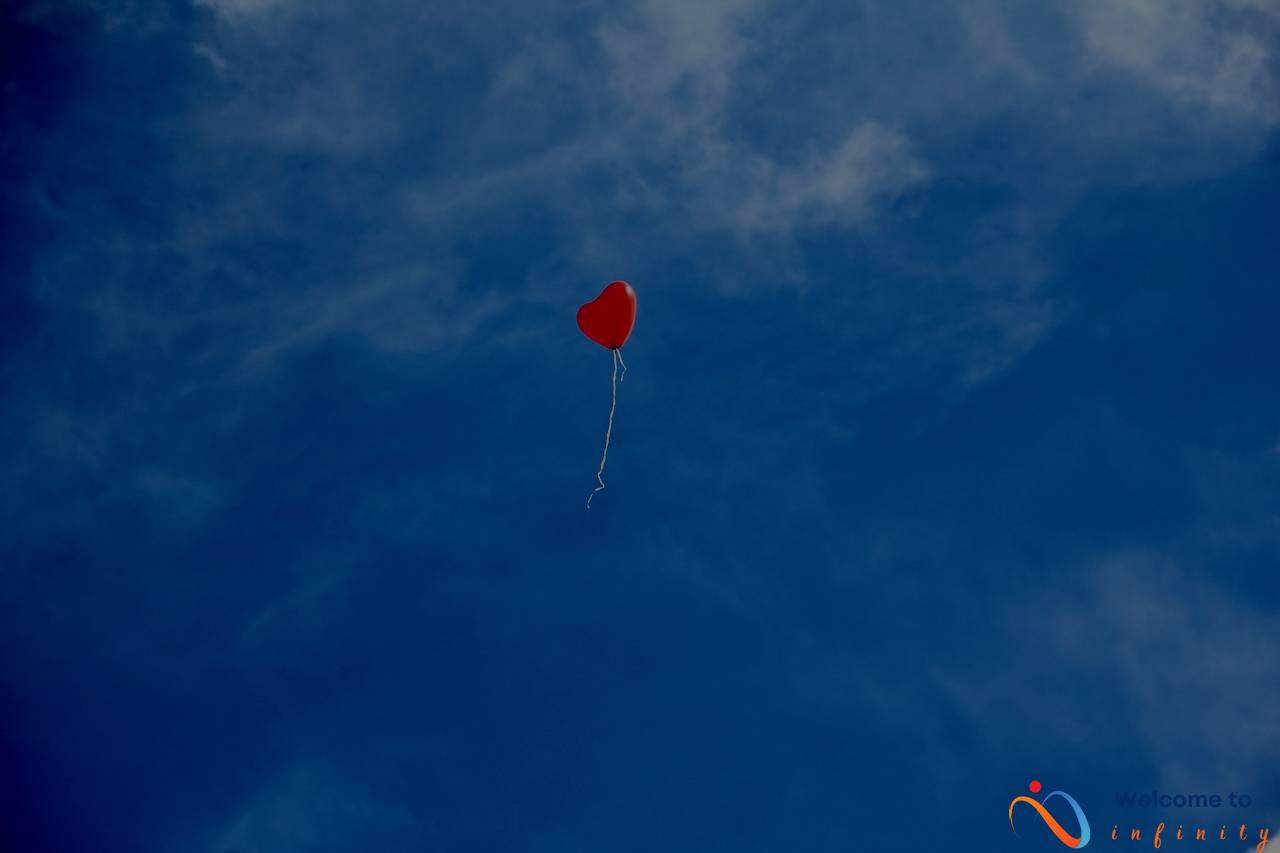Art has been a way for humans to express themselves for centuries. In recent years, sculptors have been exploring the use of nature as their medium to create unique and beautiful artifacts. From stone and wood to sand and branches, sculptors are using natural materials to create thought-provoking pieces that capture the essence and beauty of nature.
These nature-inspired sculptures often infuse life into their surroundings as the artists intentionally incorporate flora and fauna into their installations. The result is a site-specific creation that is perfectly adapted to the environment. Sculptors are making an effort to engage with the environment while raising awareness about ecological issues such as climate change, deforestation, and pollution.
Nature-based sculptures are not only transforming public spaces but also bringing the beauty of nature to everyone. By creating installations in public parks and gardens, artists are making nature more accessible to those who may not have access to it in their daily lives. The sculptures are able to beautify urban landscapes and create a sense of community.
Using Natural Materials
One of the most noticeable aspects of nature-inspired sculptures is the use of natural materials. Artists are choosing materials found in nature, such as stone, wood, sand, and branches, to create their artwork. The use of natural materials not only adds to the organic aesthetic of the sculptures but also decreases its negative ecological impact on the environment.
Some artists are even using found materials from the surrounding environment to create their pieces, adding an element of local culture and history to their work. In this way, the sculptures become cultural artifacts, reflecting the unique identity of the place they are created in.
- Wood: The warm tones and natural textures of wood make it a popular medium for nature-inspired sculptures. Its versatility allows artists to create a range of abstract and figurative pieces, such as carved animals or intricate forest scenes.
- Stone: Stone sculptures have been around for centuries and add a sense of permanence and timelessness to the environment. The strength and durability of stone make it a perfect medium for creating large-scale sculptures.
- Sand: Sand sculptures are a unique form of nature-inspired art, created by manipulating sand to create large, intricate designs. Sand sculpture competitions are held all over the world, showcasing the incredible talent of these artists.
- Branches: The twisted nature of branches makes them a challenging material to work with, but some artists create exceptional pieces by weaving branches together to create organic forms.
The use of natural materials in sculptures connects people to the natural world, heightening their appreciation and understanding of the environment around them.
Infusing Life into Art
When creating art from natural materials, artists often incorporate living elements to breathe life into their sculptures. For example, a sculptor may carve a wooden bird and place it in a tree, giving the illusion that the sculpture is part of the tree itself. Moss, ivy and other plants are also used to create living walls around a sculpture. These natural elements not only add beauty but also enhance the sculpture's connection to its surroundings.
Additionally, artists may choose to incorporate living creatures such as birds or butterflies into their sculptures. This creates a truly immersive experience for viewers as they observe the natural interactions between the artwork and the environment.
By infusing life into their sculptures, artists create a dynamic relationship between the artwork and its surroundings, making the sculpture a part of the ecosystem. This adds depth and meaning to the piece, emphasizing the importance of our connection to nature.
Overall, nature-inspired sculptures that incorporate living elements add a unique charm and vibrancy that cannot be replicated by man-made materials alone. The use of flora and fauna also serves as a reminder of the importance of preserving and protecting our natural environment.
Creating Site-Specific Installations
One of the most captivating aspects of nature-inspired sculptures is the way they adapt to their surroundings. Artists are not limited to the confines of a studio or gallery; instead, they are able to create site-specific installations that take into account the unique characteristics of the environment in which they are placed.
Whether it be on a beach, in a forest, or alongside a river, sculptors are using natural materials to create artwork that complements and enhances the surrounding landscape. Some artists even incorporate living elements such as plants and animals, creating a symbiotic relationship between the art and nature.
Sculptures that are specifically designed for a particular environment create a thoughtful and intentional experience for the viewer. The artwork becomes an integral part of the landscape, and the viewer is able to appreciate the interplay between nature and art.
- Coastal installations may feature driftwood and seashells, mimicking the natural materials found on the beach.
- Artwork in a forest may be constructed from fallen branches and leaves, blending seamlessly into the wilderness.
- Riverfront installations could incorporate rocks, moss and water, creating harmonious relationship with the natural water flow.
Creating site-specific installations isn't just about making art that complements the environment; it's also about creating a dialogue between the sculpture and the location. These installations draw attention to the beauty and complexity of our natural world while also highlighting the ecological issues that threaten it, making them a powerful tool for raising awareness and promoting change.
Engaging with the Environment
Art has always been a reflection of the society and the world we live in. As the world grapples with pressing issues like climate change, deforestation, and pollution, sculptors are taking inspiration from nature to shed light on these issues through their art. They are creating pieces that not only celebrate the beauty of the natural world but also draw attention to pressing ecological issues.
Using materials found in nature, such as fallen branches, leaves, and even trash, artists are exploring new ways to create art that engages with the environment. By using natural materials, they are making a statement about the importance of preserving the natural world. Some artists are even going as far as to work with natural elements like water and sunlight in their installations to highlight environmental issues like water pollution and the effects of climate change on the ecosystem.
These sculptures are site-specific and are designed to fit seamlessly into the environment in which they are placed. They not only engage with the environment but also invite viewers to do the same. Through their work, sculptors are encouraging people to connect with nature, observe its fragility, and take steps to protect it.
- Some of the sculptures created by environmental artists are:
- The Tree of Ténéré: A sculptural monument created entirely from recycled materials that highlights the importance of conserving the world's forests.
- Coral Forest: An underwater installation made from recycled materials that raises awareness about the impact of climate change on coral reefs.
- Cedars for Change: A series of sculptures made from cedar trees that had to be removed due to a beetle infestation, highlighting the importance of preserving native plant species.
Through their work, sculptors are engaging with the environment in innovative ways, bringing attention to key environmental issues and inspiring people to take action to protect the natural world. Art has always had the power to move people, and environmental art is no exception.
Bringing New Life to Public Spaces
Public spaces can be transformed into beautiful and inspiring places through the use of nature-based sculptures. Sculptors are using natural materials such as stone, wood, and branches to create stunning installations that blend seamlessly into their surroundings. These sculptures breathe new life into public spaces, drawing attention to their natural beauty and encouraging visitors to connect with the environment.
Urban landscapes are often associated with concrete and steel, but nature-based sculptures have the power to change that perception. By adding sculptures made from natural materials, public spaces become more inviting and welcoming. People are drawn to beautiful and unique art installations, sparking a sense of community and shared experience.
Furthermore, the addition of nature-based sculptures to public spaces can have a positive impact on the environment. Sculptors can use their installations to raise awareness about environmental issues like climate change, deforestation, and pollution. By drawing attention to these issues, they encourage visitors to think more deeply about their relationship with the natural world and inspire them to make positive changes in their own lives.
- Creating nature-based sculptures in public spaces can also contribute to a sense of pride and ownership among local communities. When people see the beauty of their surroundings reflected in art, they feel a greater sense of connection and responsibility to their environment.
- Nature-based sculptures can also provide a gateway to learning about the natural world. By creating installations that incorporate plants and animals, sculptors can teach visitors about local ecosystems and the importance of conservation.
In short, nature-based sculptures have the power to transform public spaces, beautifying urban landscapes, and creating a sense of community. Through their beauty and connection to the natural world, they remind us of the importance of preserving our environment for future generations to enjoy.
Making Nature Accessible to All
One of the most significant aspects of nature-based art is the accessibility it provides to all individuals, regardless of their socioeconomic status or geographical location. By creating art installations in public parks and gardens, artists are doing their part in bringing the mesmerizing beauty of nature to those who may not have access to it in their daily lives.
These installations offer an opportunity for people to engage with the environment, appreciate the natural world, and form a deeper connection with the ecosystem around them. The sight of a beautiful sculpture made out of natural materials in a public park can create a sense of awe and wonder, encouraging visitors to explore and interact with nature on a deeper level.
Moreover, art installations in public spaces have the power to bring people together and foster a sense of community. It provides a common ground for people to meet and engage with others who share a similar love and appreciation for nature. The collective experience of engaging with art and nature can be a powerful unifier, regardless of one's background or personal beliefs.
Through nature-based art installations in public spaces, artists are providing an opportunity for all individuals to experience the beauty of nature, regardless of their background or access to resources. It showcases the ability of art to connect people and promote a deeper understanding and appreciation for the natural world.
Embracing Impermanence
Sculptors using natural materials often embrace the impermanence of their work, allowing it to evolve over time as it is affected by the weather and ecosystem. By utilizing materials found in nature, such as wood and stone, artists are creating sculptures that are constantly changing and transforming. For instance, a wooden sculpture placed on a beach will eventually be affected by the salt water and sun, resulting in changes to its texture and color.
Many artists are drawn to the idea of embracing impermanence, as it allows them to create something that is not meant to last forever. Instead, their work takes on a life of its own, evolving over time and becoming a part of the natural environment. Sculptors may intentionally create works that are meant to erode or decompose over time, such as sand sculptures. These pieces reflect the transient nature of life and the impermanence of everything around us.
Despite the temporary nature of their work, artists using natural materials are still able to create pieces that are beautiful and inspiring. They often use the natural environment as a source of inspiration, creating works that celebrate the beauty and timelessness of the natural world. Some sculptors also embrace the idea of “imperfect beauty,” allowing flaws and irregularities in their work to add to its overall charm and uniqueness.
Overall, embracing impermanence allows sculptors to create works that are more connected to the natural environment and the world around us. By allowing their pieces to evolve and change over time, artists are able to celebrate the beauty of impermanence and the fleeting moments of life.
Temporary Installations
Temporary installations are a fascinating aspect of nature-based sculptures. Artists choose to create installations knowing that they will only last for a certain amount of time due to their constant exposure to the elements and the ecosystem. These sculptures are a testament to the impermanence of life and the cycles of nature, allowing viewers to experience the beauty of the work while it lasts.
One example of a temporary installation is the Ice Watch project by Olafur Eliasson. In 2014, the artist installed twelve large ice blocks in public spaces in Copenhagen, Denmark, and Paris, France, to draw attention to climate change. Viewers were able to witness the slow melting of the ice blocks, symbolizing the urgency of the climate crisis and the need for action.
Another example is the temporary installations created by Patrick Dougherty. His sculptures made from locally sourced branches and twigs are woven in organic shapes and appear to grow out of the surrounding landscape. Dougherty's art installations are not only visually stunning but also encourage viewers to engage with nature and the environment in a meaningful way.
Temporary installations are an excellent way for artists to work with and within nature. These installations allow artists to experiment with different materials and techniques, all while celebrating the beauty and cycles of the natural world. And while these installations may not last forever, the experience of witnessing them creates a lasting impression on the viewer and invites contemplation about the ephemerality of life and nature's resilience.
Nature's Timeless Beauty
When it comes to art created from natural materials, there is a unique beauty that can be found in its impermanence. Despite knowing that their pieces may not last forever, sculptors who work with nature embrace the inevitability of change and celebrate the timeless beauty of the natural world through their art.
Whether it is a sandcastle on the beach or a temporary installation in a public park, these sculptures serve as a reminder of the constant evolution and transformation of the natural environment. They invite viewers to appreciate the fleeting moments of beauty that exist in the world around us, and to find solace in the fact that, despite its impermanence, nature will always endure.
In many ways, nature-based sculptures can be seen as a celebration of the cyclical nature of life. Just as the seasons change and the leaves fall from the trees, so too do these artworks evolve over time, giving way to new growth and new possibilities. They remind us that even in the face of loss and destruction, there is always a chance for renewal and regeneration.
As viewers experience these sculptures, they are invited to engage with the natural world in a more intimate and meaningful way. They may be encouraged to reflect on the impact of human activity on the environment, or to simply marvel at the sheer beauty of the forms and shapes that can be found in nature.
Ultimately, these sculptures serve as a powerful reminder of the enduring power of nature and the importance of preserving its beauty for generations to come. Despite their temporary nature, they celebrate the timeless and awe-inspiring wonder of the world around us.









